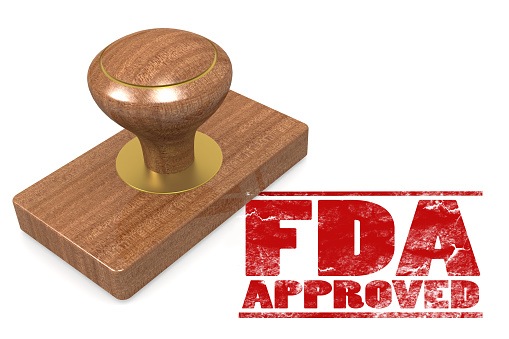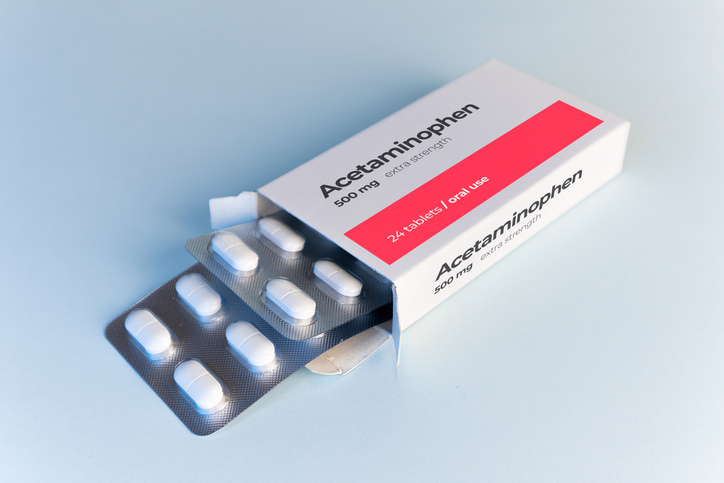
Eli Lilly and Company received an additional approved indication for its drug Taltz® (ixekizumab), which is now approved to treat active non-radiographic axial spondyloarthritis (nr-axSpA) in patients with objective signs of inflammation. The approval is a milestone for Lilly, as ixekizumab is the first IL-17A antagonist to receive the FDA’s approval for nr-axSpA.
Ixekizumab was first approved by the FDA in 2016 to treat adults with moderate-to-severe plaque psoriasis who are candidates for systemic therapy or phototherapy (this was expanded in March of this year to include pediatric patients). In 2017, the drug was also approved to treat adults with active psoriatic arthritis. Then, in 2019, it was approved to treat adults with active axSpA.
“There are limited treatment options that can address both AS and nr-axSpA symptoms, and people living with these conditions are often underdiagnosed and undertreated,” said Cassie Shafer, chief executive officer of the Spondylitis Association of America, in a statement. “This approval represents an important milestone in providing relief to patients where there has been a significant unmet need.”
COAST-X Trial Assesses Ixekizumab in nr-axSpA
The latest approval follows the results of the COAST-X trial, a 52-week, randomized, double-blind, placebo-controlled, parallel-group study that took place between Aug. 2, 2016, and Jan. 29, 2018. The study spanned 107 sites in 15 countries in Europe, Asia, North America, and South America. Patients with nr-axSpA aged ≥18 years were eligible for inclusion if they had objective signs of inflammation (identified via MRI or C-reactive protein) and inadequate response or intolerance to non-steroidal anti-inflammatory drugs. Patients were randomized 1:1:1 to receive either subcutaneous 80 mg ixekizumab every four weeks (Q4W), subcutaneous 80 mg ixekizumab every two weeks (Q2W), or placebo. The main outcome measures were Assessment of SpondyloArthritis international Society-40 (ASAS40) response, defined as at least 40% improvement and an absolute improvement from baseline of at least two units (measured on a 10-point scale) in at least three of the four domains (patient global, spinal pain, function, and inflammation) with no worsening in the fourth domain at weeks 16 and 52.
A total of 303 patients were enrolled: 105 in the placebo group, 96 in the ixekizumab Q4W group, and 102 in the ixekizumab Q2W week. The primary endpoint of ASAS40 at week 16 was met (ixekizumab Q4W: 34 [35%] of 96, P=0.0094 vs. placebo; ixekizumab Q2W: 41 [40%] of 102, P=0.0016; placebo: 20 [19%] of 105), as was the endpoint of ASAS40 at week 52 (ixekizumab Q4W: 29 [30%] of 96, P=0.0045; ixekizumab Q2W: 32 [31%] of 102, P=0.0037; placebo: 14 [13%] of 105). At least one treatment-emergent adverse event (AE) occurred in 57% of the placebo group, 66% of the ixekizumab Q4W group, and 77% of the ixekizumab Q2W group. In the ixekizumab group, the most common treatment-emergent AEs were nasopharyngitis and injection site reaction. One serious infection occurred in the ixekizumab Q4W group. Among the whole cohort, only four patients (1%) sustained serious AEs, with no malignancies or deaths, or new safety signals.







 © 2025 Mashup Media, LLC, a Formedics Property. All Rights Reserved.
© 2025 Mashup Media, LLC, a Formedics Property. All Rights Reserved.